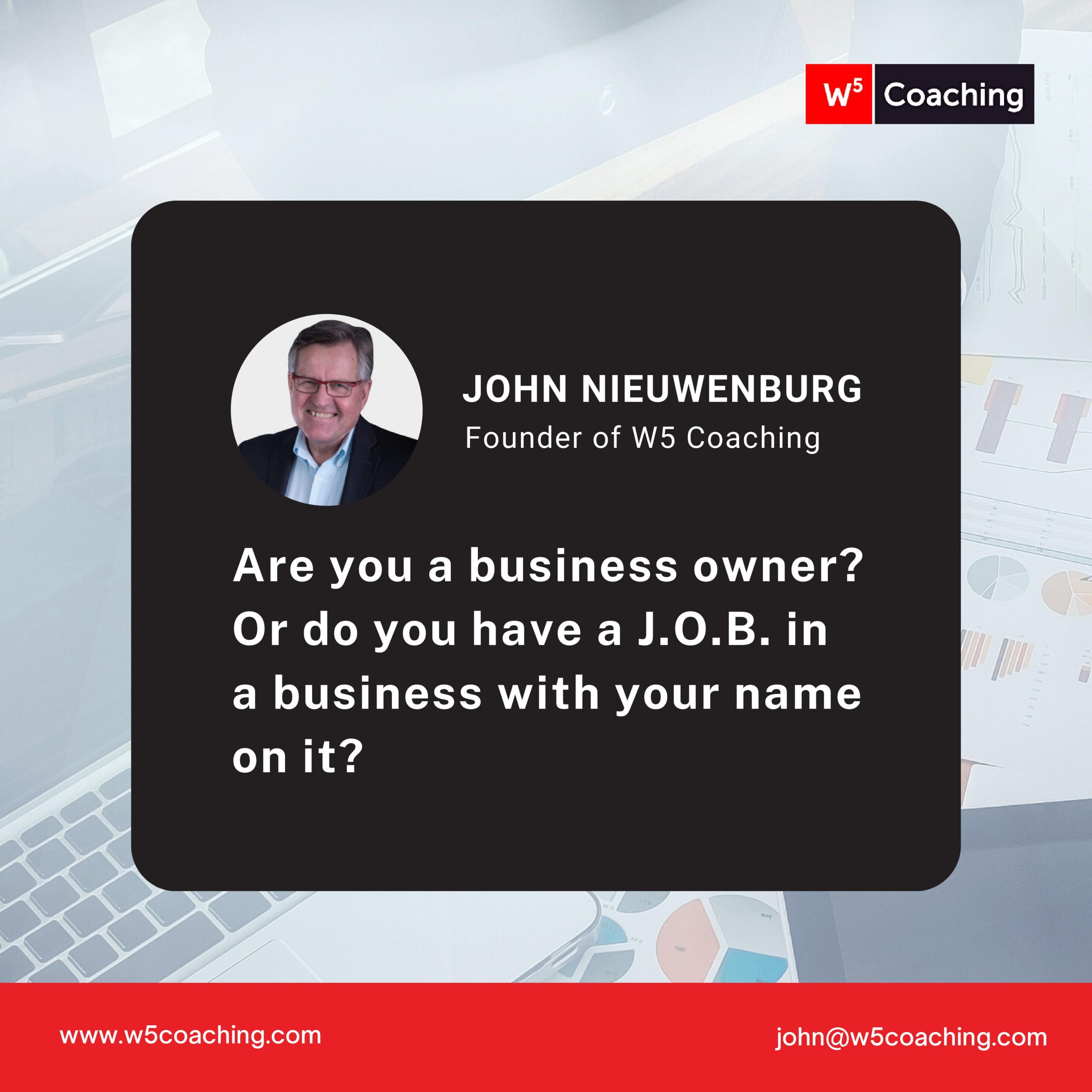Taking the Leap: Embracing the Role of Business Owner

Many of my clients confide that they feel stuck between a rock and a hard place in their business.
They’re afraid to hire people because they’re worried that they won’t get the sales to support the increased overhead.
And they’re afraid to make more sales or take on more customers because they’re worried they won’t have the personnel to deliver.
Running a business can feel like balancing on a high wire.
On one side is the all the work you do to get customers. On the other is all the work you do to deliver on the promise of the business.
Because most of my clients are highly skilled in delivering the work of the business (ie: they’re great at plumbing or accounting or physiotherapy) they often tend to focus on the delivery side of the balancing act at the expense of acquiring customers.
In doing so, they effectively put an anchor on their business that holds them back.
To overcome this challenge, owners need to make a mindset shift.
They need to make the leap between “being self-employed” and “being a business owner.”
Are you a business owner? Or do you have a J-O-B in a business with your name on it?
 Here are 3 signs that you haven’t yet taken the leap to claim your role as business owner.
Here are 3 signs that you haven’t yet taken the leap to claim your role as business owner.
- You believe that you “make” money
An employee thinks about money as exchanging their time for money.
A self-employed person thinks about money as making money. They produce money out of nothing. They make it, they invent it, they create it.
An owner receives profit from a third-party entity known as their business.
- You’re caught in the hub and spoke trap
Everyone comes to you for every little thing.
You’re the person with all the answers. You tell everybody what to do and how to do it.
Your clients and customers ask to speak to you. If you’re not there, the business suffers.
- You’re still performing low value tasks in your business
Think about your activities over the past week.
How much time did you spend working on tasks that someone else could do for $20/hour?
If you don’t know the answer to this question, I have 2 assignments for you: conduct a time audit, then fill out the skill value box.
Ready to make the leap to business owner?
“Business owner” isn’t a title that someone will grant you one day.
It’s a frame of mind.
It’s seeing your business as a separate entity.
I often use the metaphor of sailing to explain the dynamic nature of running a business.
When you step into the role of owner, you become the captain of your boat.
Just like a sailboat rarely stays perfectly on course due to wind and currents, owners must adapt and navigate through various challenges.
Sometimes, we need to tack right into the wind, facing the massive hurdles head-on.
At other times, we have a following sea, where we can go with the flow.
The key is managing the business environment to suit our needs, just as a sailor manages the sail and rudder of a sailboat.
If you’re ready to step into the role of business owner and you’d like an experienced guide to help you stay the course, book 15 minutes to talk about coaching here: Book a Call with John
The Ultimate Guide to Becoming a Better Business Owner

If an owner wants a better business, first the business needs a better owner.
This post is part of my Ultimate Guide to Becoming a Better Business Owner. Visit the guide homepage to get my best advice and coaching exercises to help you with:
- Mindset. Thinking like an owner and seeing the big picture of your business.
- Planning. Deciding what you want, setting a goal, and making plans to get after it.
- Habits. Changing your behaviours to help you get what you want.
- Learning. Getting new information and developing new skills.
- Growth. Facing your fears, stepping outside your comfort zone, and doing what it necessary to create the business of your dreams.
